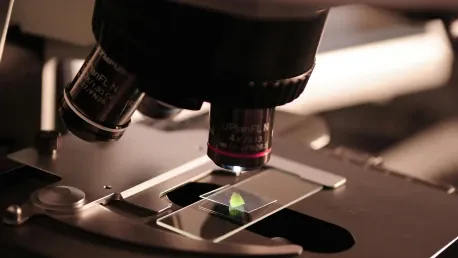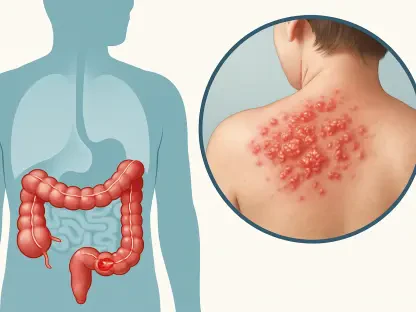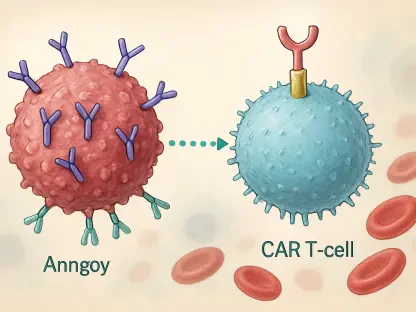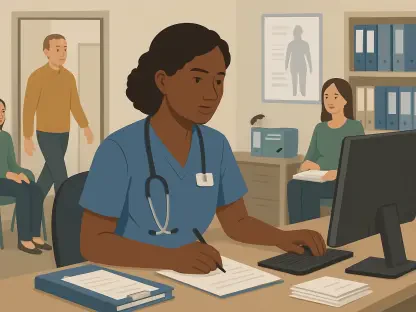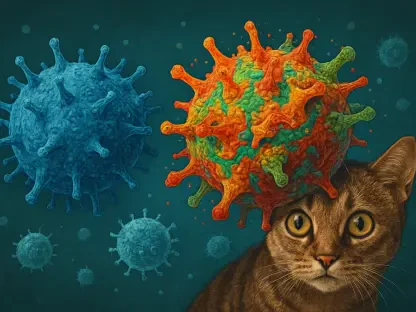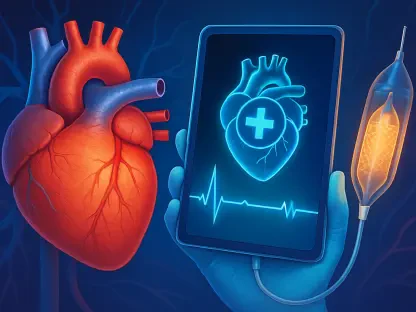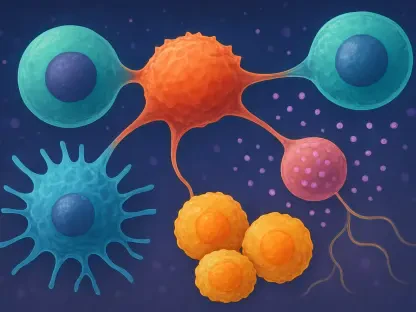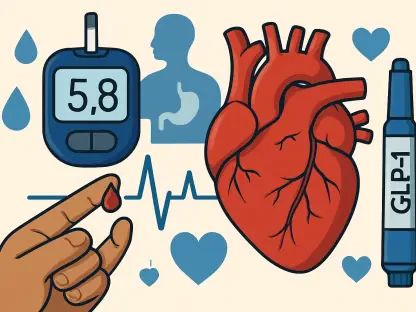We haven’t stepped that deep into the 21st century, but we have already witnessed how a microscopic organism like a virus can wreak havoc. They evolve to become more resistant to our usual remedies so we have to escape them in a biological race on an atomic level.
Consequently, scientists have come up with a new treatment called photodynamic antimicrobial chemotherapy. It uses light-absorbing molecules to create “bullets” that can puncture the cell membranes of these organisms, effectively killing them.
So, let’s take a closer look at this new solution for fighting infections and whether it is a viable way of keeping people healthy.
The Role of Microorganisms in Health and Disease
Around us, there are incredibly small living organisms known as microorganisms that are only visible under a microscope. They include bacteria, viruses, fungi, and protozoa. Although this article has a dramatic introduction, not all microorganisms are bad. In fact, they are classified into two main categories: harmful and beneficial.
While virulent microbes are the root cause of illnesses, our bodies also hold many beneficial microorganisms that support our bodies. For example, Bacillota (Firmicutes), Bacteroidota, Actinomycetota, and Pseudomonadota are in our gut, aiding in digestion, eliminating toxins, producing vitamins, and boosting our immune systems.
On the other hand, germs can spread through air, water, soil, food, and physical contact. Most commonly, doctors prescribe antibiotics to fight bacterial infections by either killing the uninvited guests or slowing their growth. However, not all bacteria get eliminated by anti-infectives, and some can become resistant to the medication. This antibiotic resistance happens when microorganisms become stronger over time and no longer respond to any remedy. When bacteria become resistant to medication, they can even share their resistance with other, typically beneficial microorganisms.
Furthermore, antibiotics can harm the good bacteria in your bowels, like Lactobacillus, which are important for digestion. Luckily, scientists are working hard to find new ways to fight harmful bacteria and keep us healthy.
Photodynamic Antimicrobial Chemotherapy
Photodynamic antimicrobial chemotherapy, or PACT, fights bacteria using light, dyes, and oxygen. It is being researched around the world, and US scientists are also testing it on humans. So far, it has proven helpful once regular antibiotics are no longer effective.
While PACT uses light to fight harmful microorganisms, just like plants use sunlight for energy, it doesn’t rely on chlorophyll. In fact, scientists create their own colorful dyes that can absorb light energy and convert it into reactive oxygen species (ROS) that destroy infectious agents. These ROS act like tiny “bullets” to effectively eliminate harmful microorganisms.
How PACT Targets Infections with Light-Activated Molecules
Sure, the process of PACT begins by placing Light-Activated Lethal Photosensitizers (LLMs) at the site of microbial growth in the body. In photodynamic antimicrobial therapy, light-sensitive molecules make a short trip in the body because scientists inject them close to the site of infection. The targeted site is then treated with injected dyes or directly applied cream or gel containing “light bullets.” At this stage, the LLMs are harmless to the microorganisms.
Next, scientists douse the area where these light-activated microbe fighters are placed with the appropriate light color, which activates the “fighters.” Then the LLMs produce Reactive Oxygen Species (ROS) which penetrate germs’ cell walls and damage or destroy vital structures such as the cell membrane and DNA.
Damaging the cell membrane results in the release of internal fluids from the microorganisms, ultimately leading to their demise. Once the microorganisms are neutralized, the associated disease symptoms are relieved.
Harnessing PACT for Diverse Health Issues and Infections
For now, PACT is proving to be a versatile tool that doctors and scientists can use to fight illnesses caused by viruses, microbes, and germs. Studies also promise other practical uses, from successful treatments for health issues like acne to skin infections, yeast infections (such as oral thrush), and athlete’s foot. Additionally, this light-curing method has shown auspicious results in fighting parasitic diseases such as Chagas disease, malaria, leishmaniasis, and trypanosomiasis.
It is important to note that, currently, there is no cure for viral infections. However, the light-activated disinfectant method may help control contagions like herpes, influenza, and HIV. This new method only weakens the viruses and helps the immune system fight them. For now, test results show that it should work well against COVID-19, as well as dental, eye, respiratory, and stomach infections. PACT could also help animals like dogs and horses besides humans.
Benefits and Challenges Compared to Traditional Antibiotics
PACT has several advantages over common antibiotics for treating bacterial infections. Unlike some antibiotics that can harm good bacteria, the light-activated disinfectant method specifically targets harmful microorganisms by being delivered only to the infected area. It also does not contribute to antibiotic resistance, and no resistance has been reported against it.
The dyes used in this innovative solution are safe for the human body, reducing the risk of treatment-related harm. Furthermore, dyes can be reused, making the technology cost-effective and eco-friendly. Another practical side of these dyes is that you can place them on the outside of the affected area by sticking them to surfaces or on the inside, encased in materials that the body can safely get rid of. This allows for the safe and effective treatment of infections.
Conclusion
Even though PACT shows promise, doctors and scientists must carefully consider its potential long-term effects on people and other living things. Besides all the opportunities this development offers, it has its downsides. Although effective against surface microorganisms, it may not work as well against those deep inside the body. After treatment, patients may be sensitive to light until the dyes are removed from the body. Also, the necessary tools and dyes can be expensive. The treatment involves several steps, from giving the patient dye, to exposing the affected area to light, and finally, doctors must monitor the treatment progress, unlike the convenience of antibiotics. Ongoing research is vital to fully understanding how PACT works and to ensure that it’s safe and effective for everyone.
